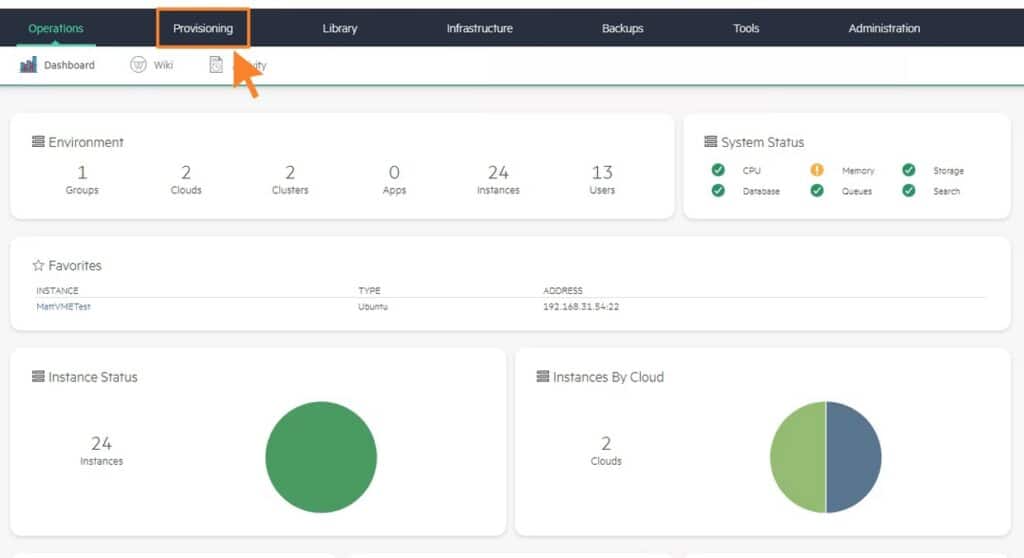With Broadcom’s acquisition of VMware and the uncertainty it has created among customers, Hewlett Packard Enterprise (HPE) has officially launched HPE VM Essentials Software (HPE VME), a KVM-based virtualization solution aiming to be a viable alternative to VMware vSphere. This new platform not only enables the creation and management of virtual machines (VMs) but also offers a flexible transition from VMware. However, is it truly a competitive alternative to other options such as Proxmox, Hyper-V, and standard KVM?
Comparison of Virtualization Solutions
Below is a comparison of HPE VM Essentials Software with VMware vSphere, Proxmox, Microsoft Hyper-V, and pure KVM, considering key aspects such as architecture, compatibility, migration ease, costs, and enterprise support.
| Feature | HPE VM Essentials Software | VMware vSphere | Proxmox VE | Microsoft Hyper-V | Pure KVM |
|---|---|---|---|---|---|
| Hypervisor | KVM with VMware integration | ESXi | KVM and LXC | Windows-based | KVM |
| VM Manager | Morpheus Data | vCenter | Proxmox Web UI | Hyper-V Manager & SCVMM | Virt-Manager, Cockpit |
| Container Support | Kubernetes integration | Tanzu Kubernetes Grid | Built-in LXC | Windows Containers | Not native, requires manual setup |
| Migration Ease | VMware to HPE VME conversion | Limited to VMware environments | KVM-compatible | Difficult outside Windows | Requires manual configurations |
| License Model | Per-socket subscription | License fee & subscription | Free with enterprise options | Included in Windows Server | Free |
| Cost | Competitive with VMware | High (depends on plan) | Low (open-source) | Varies by edition | Free |
| High Availability | Supported | Built-in | Built-in | Supported | Requires advanced configuration |
| Automation | Morpheus Data support | vSphere Automation | Ansible, Terraform | PowerShell, SCVMM | Ansible, Bash scripting |
| Scalability | High | Very high | High | High | High |
| Security | Third-party integrations | VMware NSX | Optional with firewall & Proxmox | Built-in Windows Defender | Depends on manual configuration |
Advantages and Disadvantages of HPE VM Essentials Software
Advantages:
- A viable alternative to VMware with native compatibility.
- Integration with Morpheus Data for hybrid cloud and VM management.
- Flexibility to use third-party hardware, including Lenovo and Supermicro.
- Subscription-based licensing model reducing initial investment costs.
- Future integration with Kubernetes for unified container and VM management.
- Increased agility in administration with advanced automation tools.
- Support for multiple hybrid environments, allowing a gradual transition from VMware.
Disadvantages:
- Still in the consolidation phase, so it may not be as mature as VMware vSphere.
- Dependence on Morpheus Data for advanced functionalities.
- Lacks a built-in security solution at the level of VMware NSX or Hyper-V with Windows Defender.
- Potential learning curve for administrators accustomed to vSphere.
Is HPE VME the Best Alternative?
The best virtualization platform depends on each organization’s needs:
- For businesses looking to reduce VMware dependence: HPE VM Essentials Software can be an excellent alternative, thanks to its integration with VMware and KVM.
- For open-source environments and flexibility: Proxmox remains one of the best options due to its free availability and LXC support.
- For enterprises with Microsoft-based infrastructure: Hyper-V continues to be a solid solution, especially for Windows Server environments.
- For highly customizable, license-free environments: Standard KVM remains a powerful option for advanced administrators.
David Carrero, cloud infrastructure expert at Stackscale (Grupo Aire), notes that “this solution could represent a real alternative to VMware and Proxmox, but it needs to be tested with real workloads to assess its performance. Additionally, we need to see how it evolves under HPE’s leadership in terms of continued development and future support.”
With its launch and future integrations with Kubernetes and Morpheus Data, HPE VM Essentials Software could become an increasingly competitive option. However, its adoption will depend on how quickly HPE consolidates its offering and convinces enterprises to transition from VMware.
Looking ahead, it will be crucial to observe how the HPE VME ecosystem evolves, particularly in terms of security improvements, interoperability with other platforms, and expanded compatibility with third-party hardware. If HPE strengthens these aspects, it could position itself as a leader in the virtualization market.
Reference: Revista Cloud y Sysadmin (spanish)

